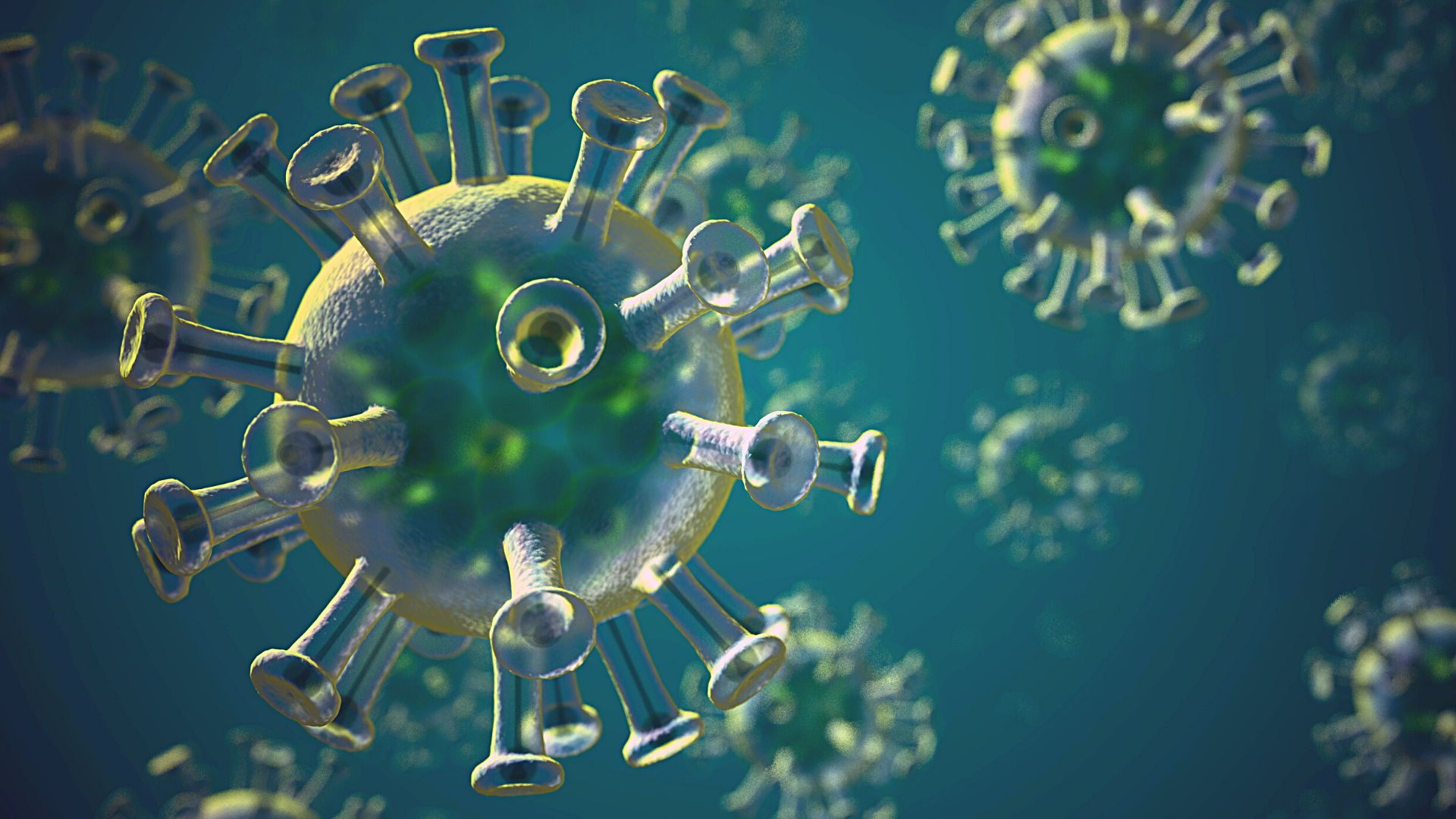British prime minister Boris Johnson has cancelled his trip to India, with the country being added to the UK’s “red list” of restricted destinations. Covid-19 cases in India are rising sharply and a specific Indian coronavirus variant – B1617 – is becoming increasingly common there.
B1617 has also been found outside of India, including in the UK. Cases in Britain appear to be doubling each week: there are currently 182 in the UK, up from 77 the week before. Right now the variant is “under investigation”, but unlike the Kent (B117), South African (1351) and Brazilian (P1) variants hasn’t been designated a “variant of concern”.
Does this mean this variant is different from the others and we need not be worried? Here’s what we know about its effects so far.
Is the Indian coronavirus variant more infectious?
We think this variant may be able to spread more easily than earlier forms of the virus. This is because of a mutation it carries called L452R, which affects the virus’s spike protein. This is the “key” the coronavirus uses to unlock our cells.
The L452R mutation changes the part of the spike protein that directly interacts with ACE2, the molecule on the surface of our cells that the virus binds with to get inside. Early research – yet to be reviewed by other scientists – suggests the L452R mutation allows the virus to bind to cells more stably. In previous variants, such as the Kent variant, mutations like this that enhanced the virus’s binding ability resulted in it becoming more infectious.
The B1427 variant detected in California contains the same L452R mutation a B1617. It is estimated to be around 20 per cent more transmissible than the earlier form of the coronavirus that was circulating during the first wave.










